Whereas grass lawns actually have their place, similar to for play areas for kids and pets, additionally they require repairs that drains our time and negatively results the pure surroundings. What number of hours and gallons of gasoline are spent mowing unused areas? These low-traffic sections of yard will be changed with grass options for garden that require little to no mowing but nonetheless preserve a horny look.
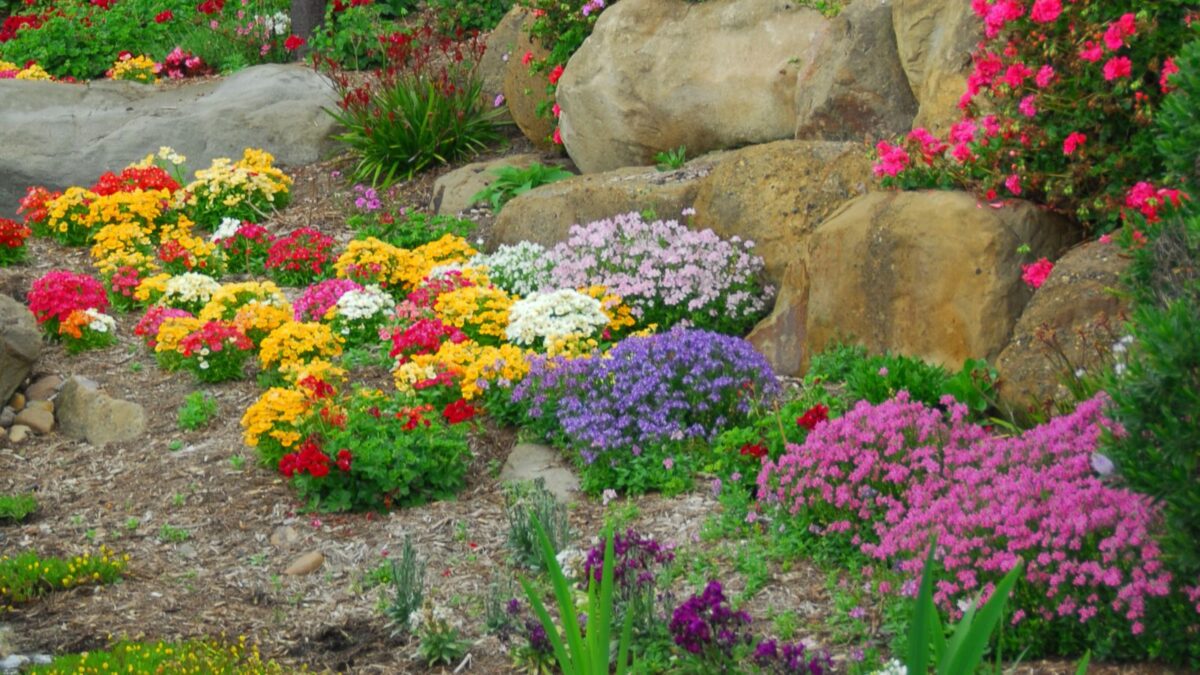
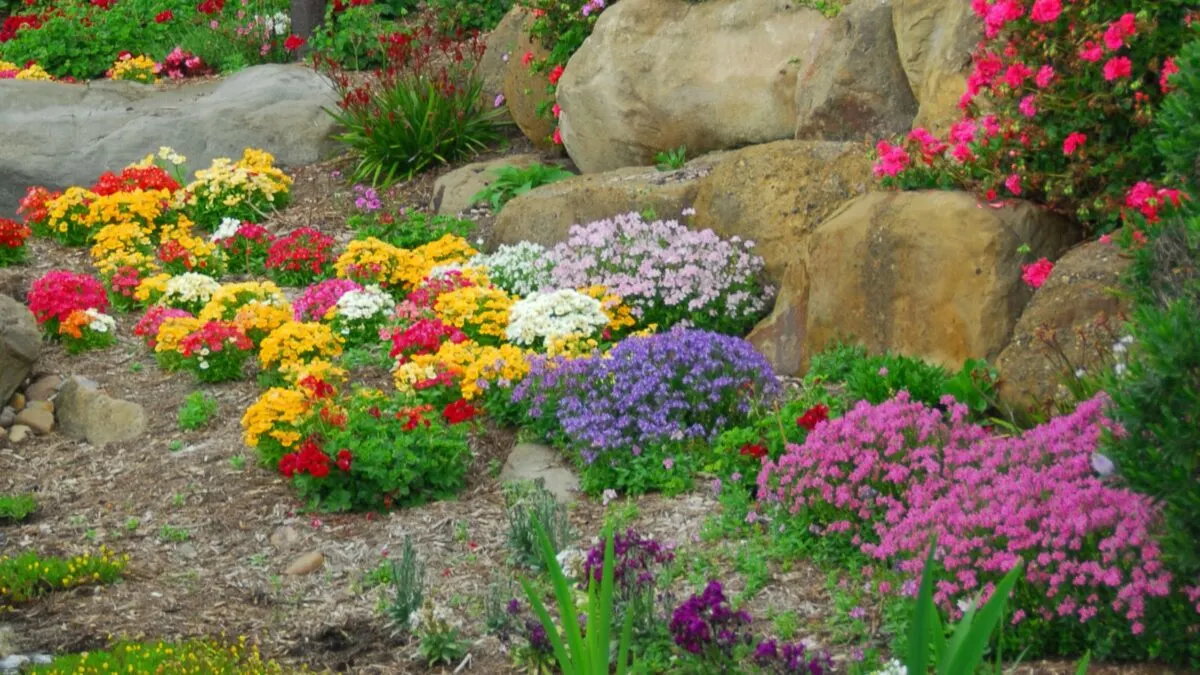
Picture credit score: Depositphotos.
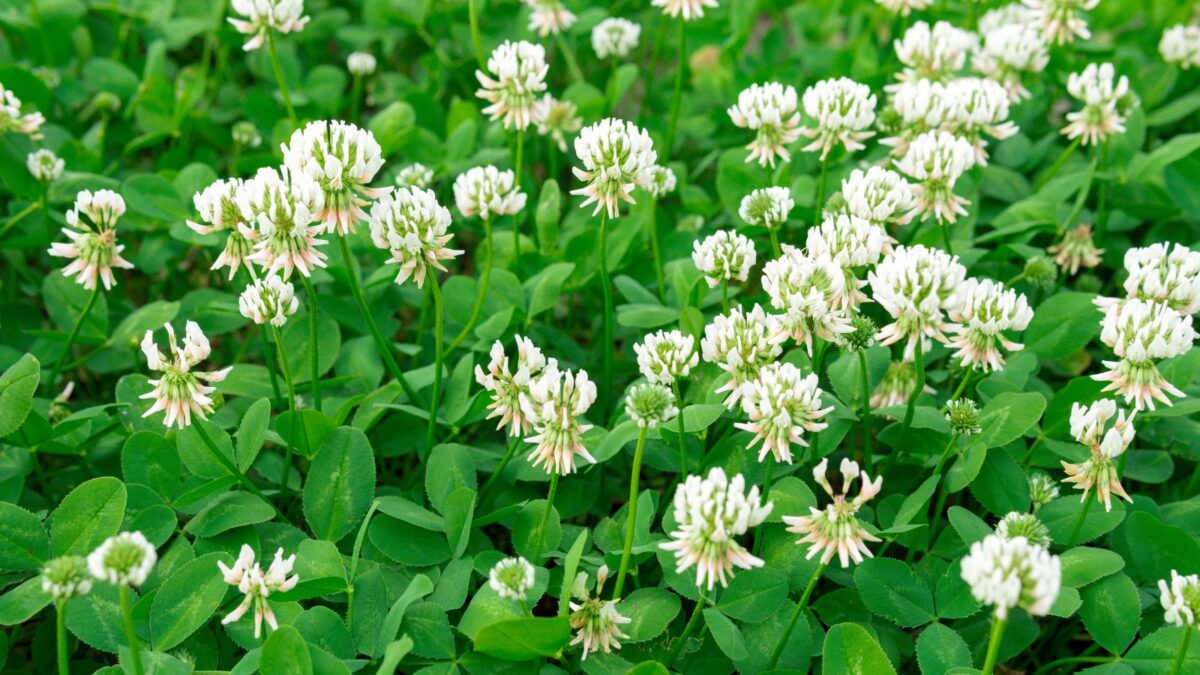
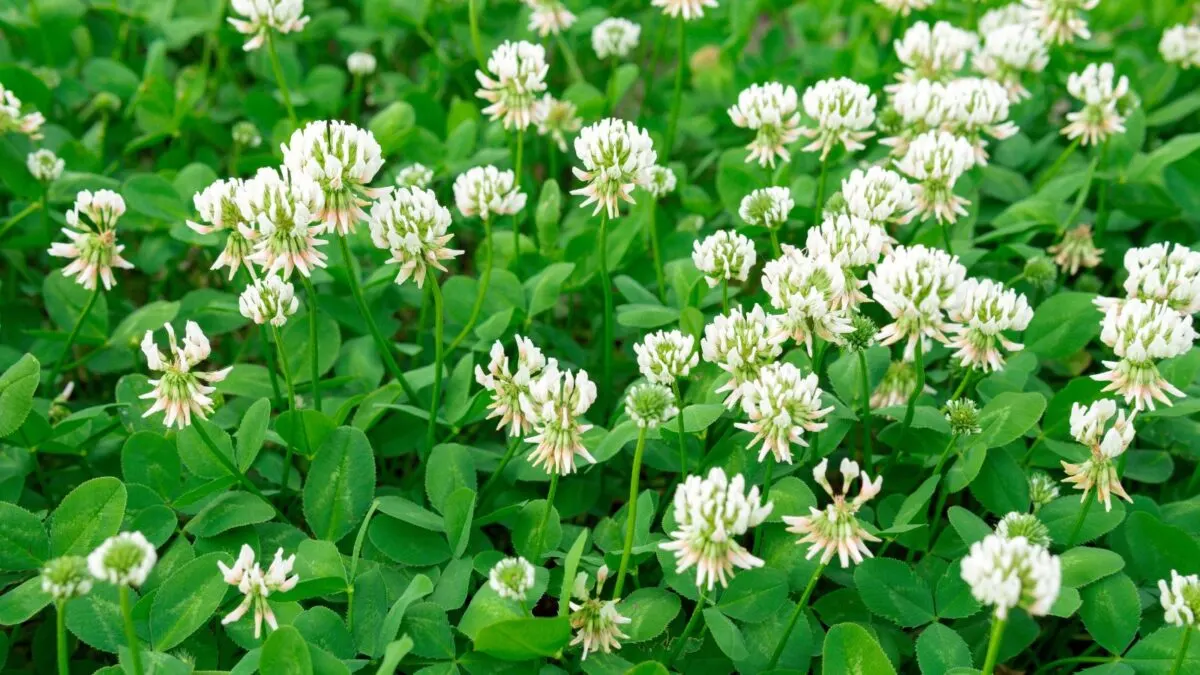
Picture credit score: Depositphotos.
At simply 4 to 6 inches tall, white clover by no means wants mowing. This mat-forming herbaceous perennial spreads readily to cowl massive areas. Once we cease to rethink this widespread “weed,” we would discover that it really has slightly enticing trifoliate foliage and fairly white flowers, which feed butterflies, native bees, and different pollinators.
White clover thrives in solar to half shade and moist, well-drained soil. It grows in USDA zones 3-10.
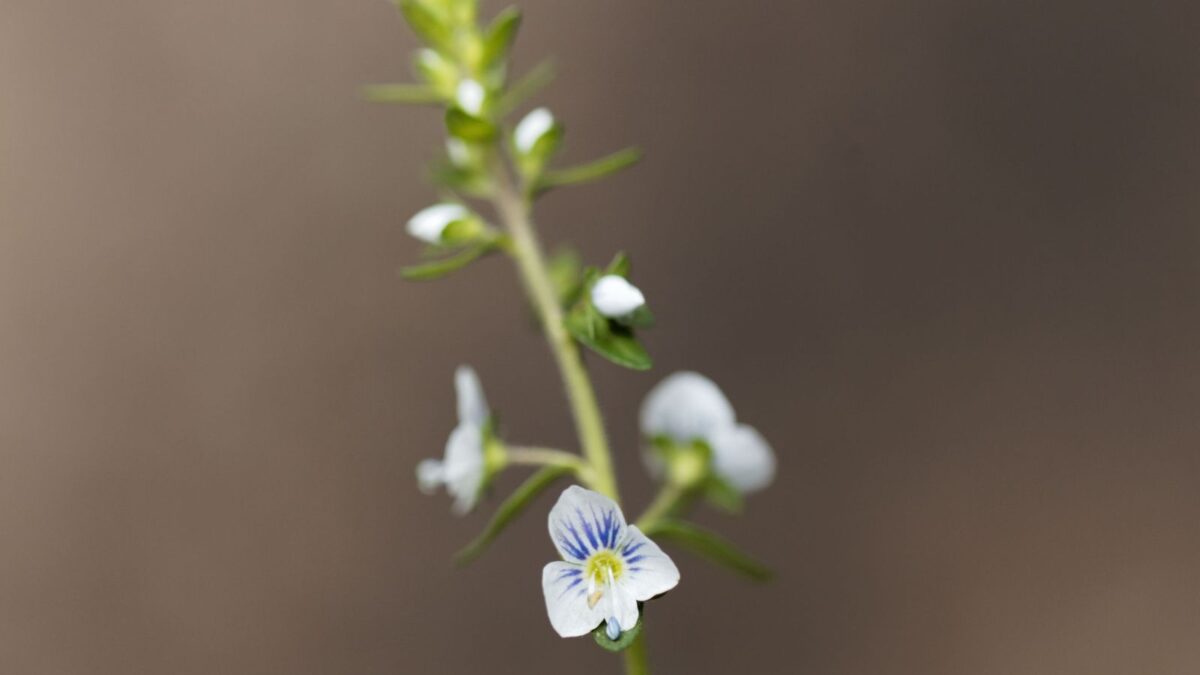
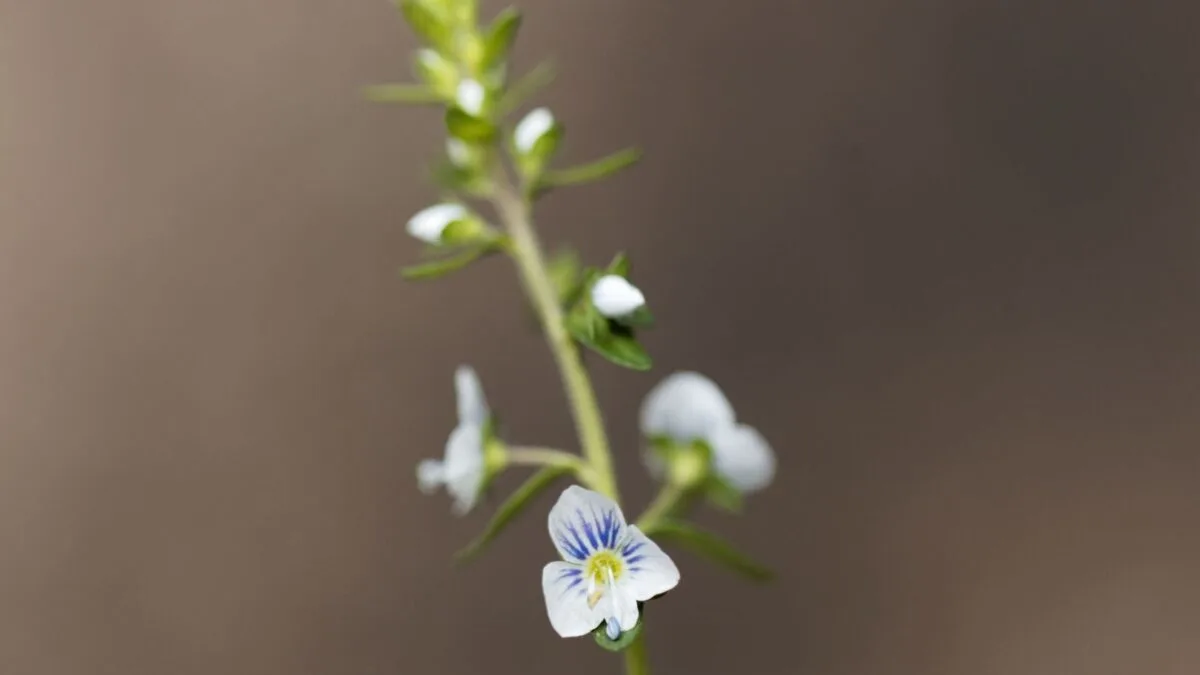
Picture credit score: Depositphotos.
The inexperienced, creeping stems of thyme-leaf speedwell have a purple blush and are lined within the small, ovate leaves that give this perennial its identify. From spring into early summer season, tiny however lovely four-petaled flowers bloom with both blue petals or white petals with blue stripes. Thyme-leaf speedwell grows six inches to a foot tall.
Tolerant of quite a lot of soil varieties and full solar to half shade, thyme-leaf speedwell solely requires good drainage. It’s hardy in zones 3-8.
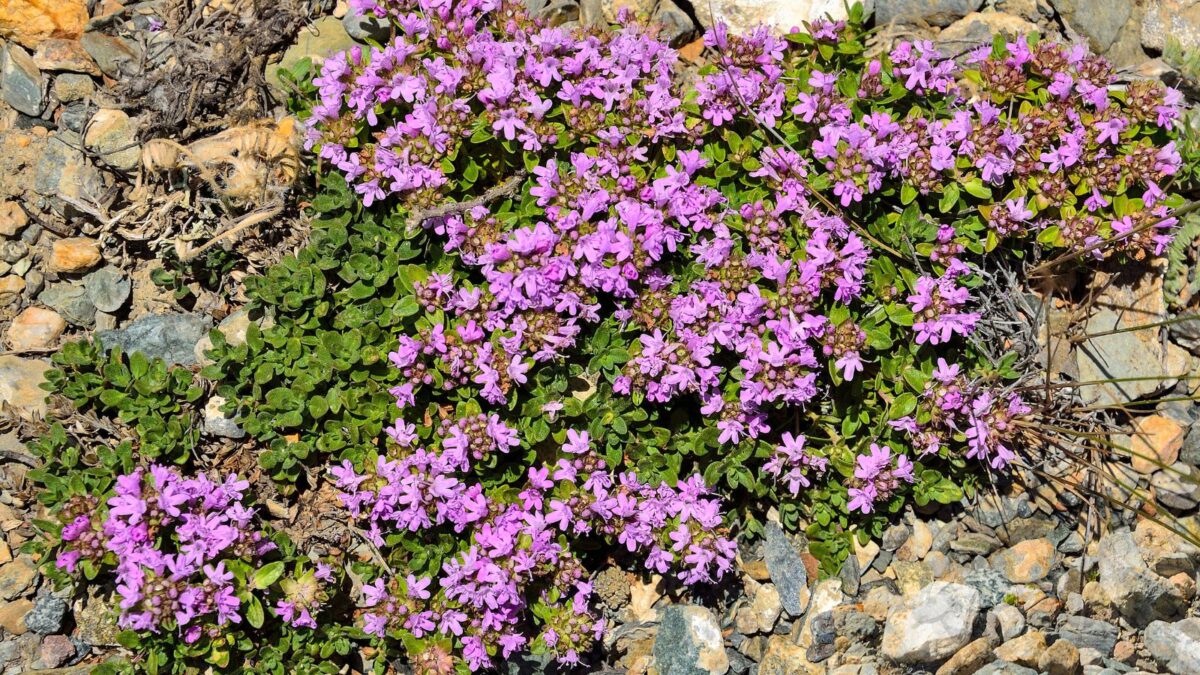
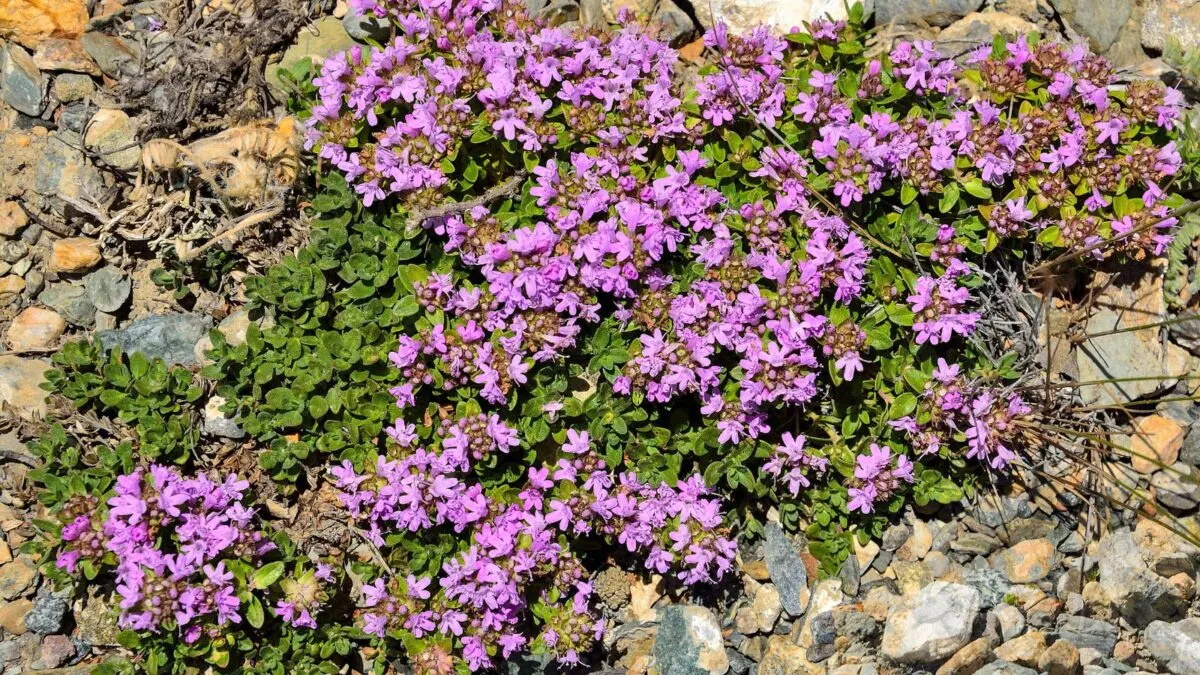
Picture credit score: Depositphotos.
An more and more common garden various, creeping thyme has aromatic semi-evergreen foliage good for filling in between stepping stones or carpeting a yard. All through the summer season, lots of pink to purple flowers bloom above the leaves, attracting bees and butterflies. This woody dwarf perennial grows simply two or three inches excessive.
Creeping time prefers common to dry soil and full solar, and it tolerates drought and poor soil. It thrives in zones 4-9.
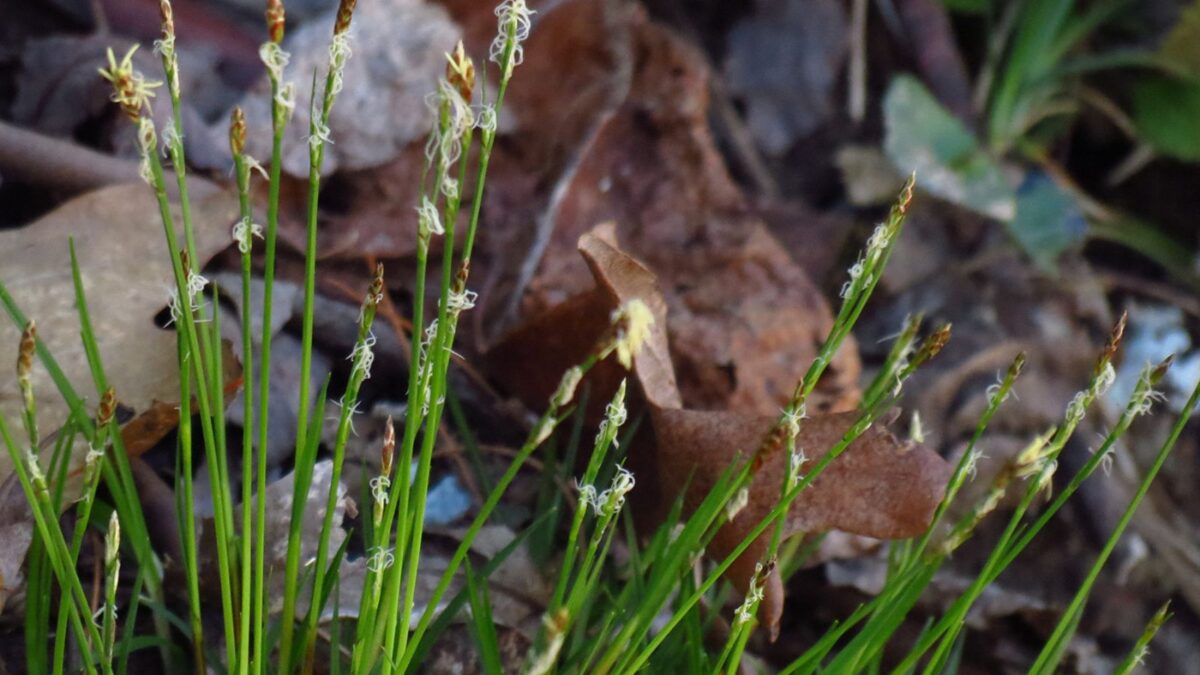
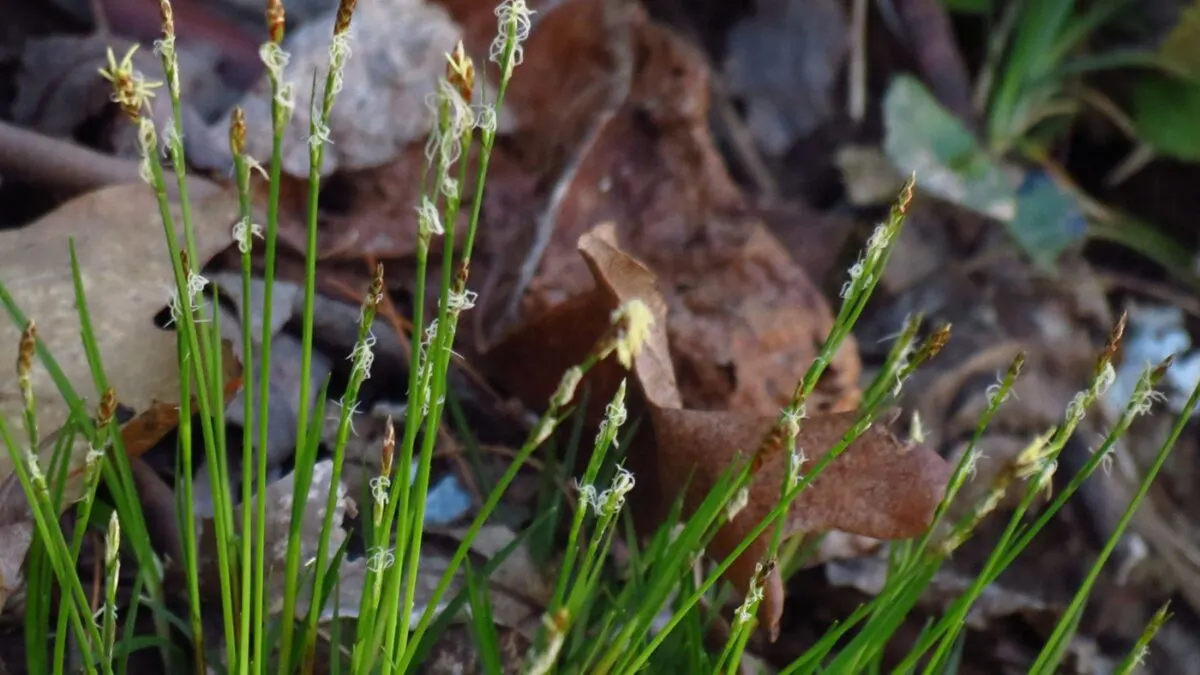
Picture credit score: flickr – BlueRidgeKitties
The creeping roots of Pennsylvania sedge kind tender clumps of grassy foliage in free colonies. It grows 10 inches tall, and mowing simply a few times in a season will preserve a low, tidy top. In spring, the inflorescences seem to have reddish scales and stringy white “hairs.”
This native North American sedge grows greatest in zones 3-8. It appreciates dry to moist soil partly shade, although it would tolerate moist circumstances and deep shade.
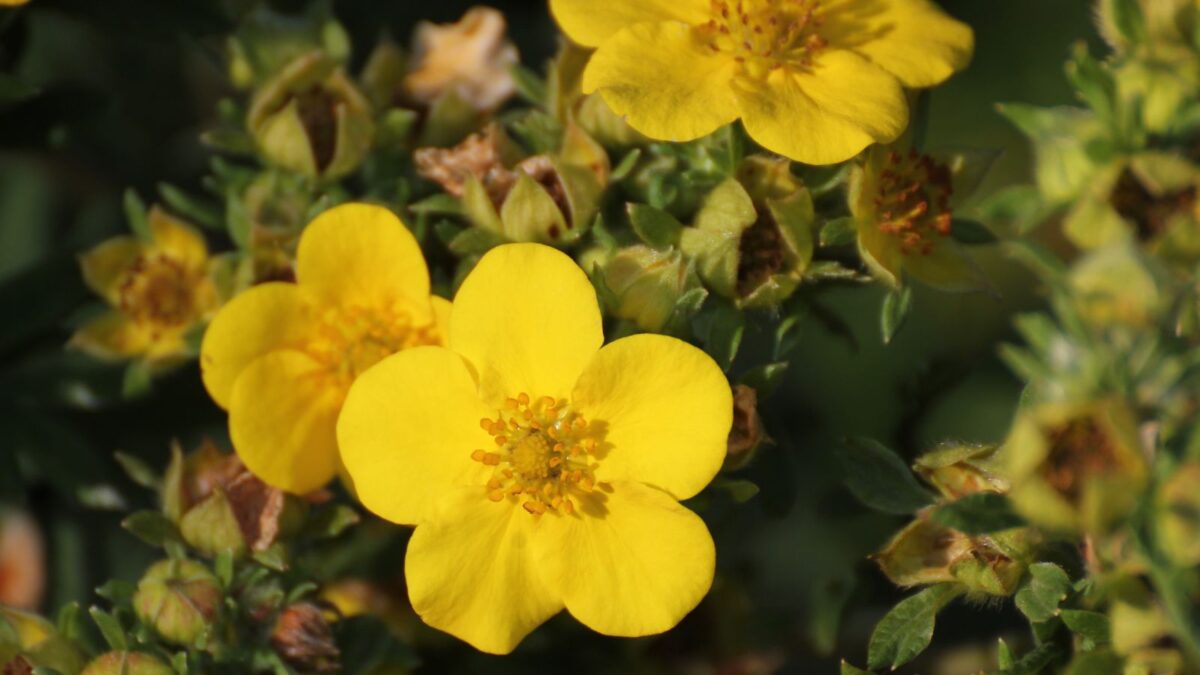
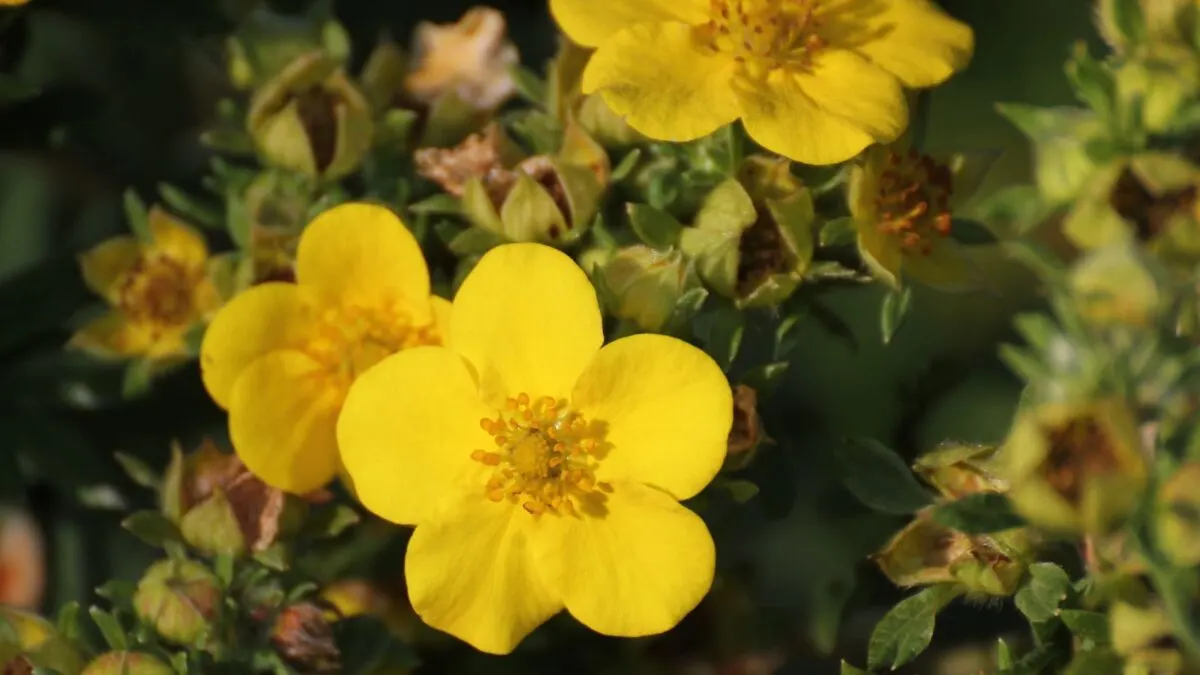
Picture credit score: Depositphotos.
Dwarf cinquefoil kinds a big, low mat by rooting on the nodes of stems. Every of its palmate leaves has 5 egg-shaped leaflets with serrated edges. In spring and into summer season, every plant produces a single vivid yellow flower with 5 petals.
Native to jap North America, dwarf cinquefoil thrives in zones 4-8. It prefers full solar to half shade and good drainage.
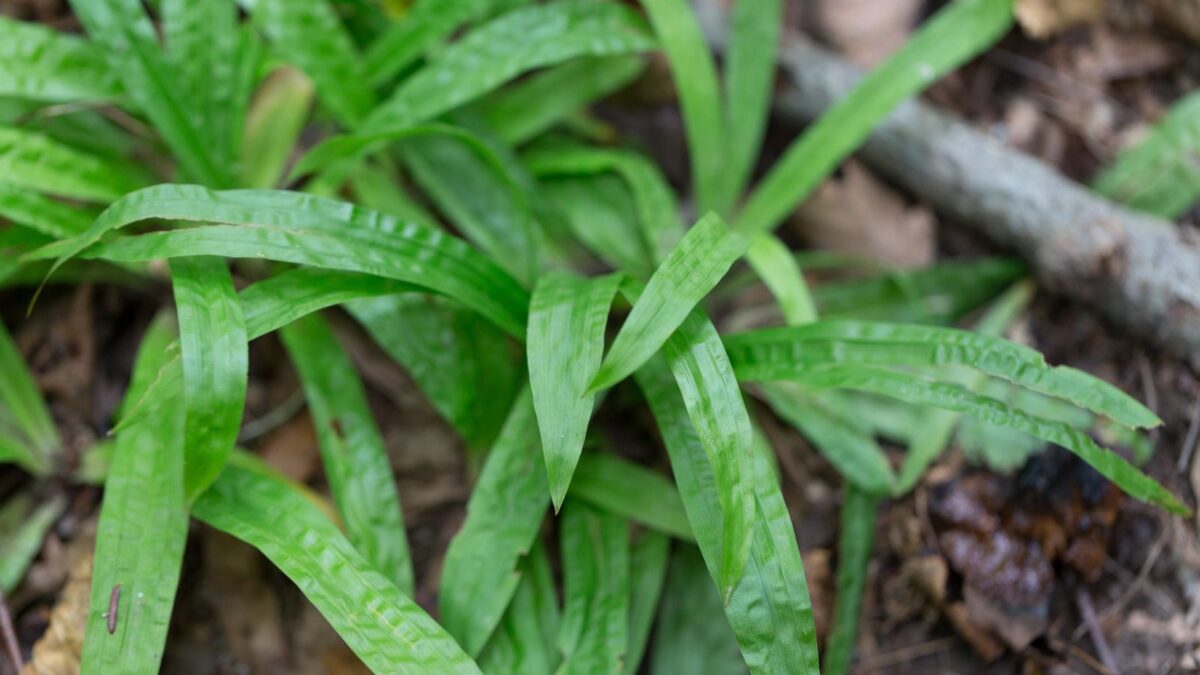
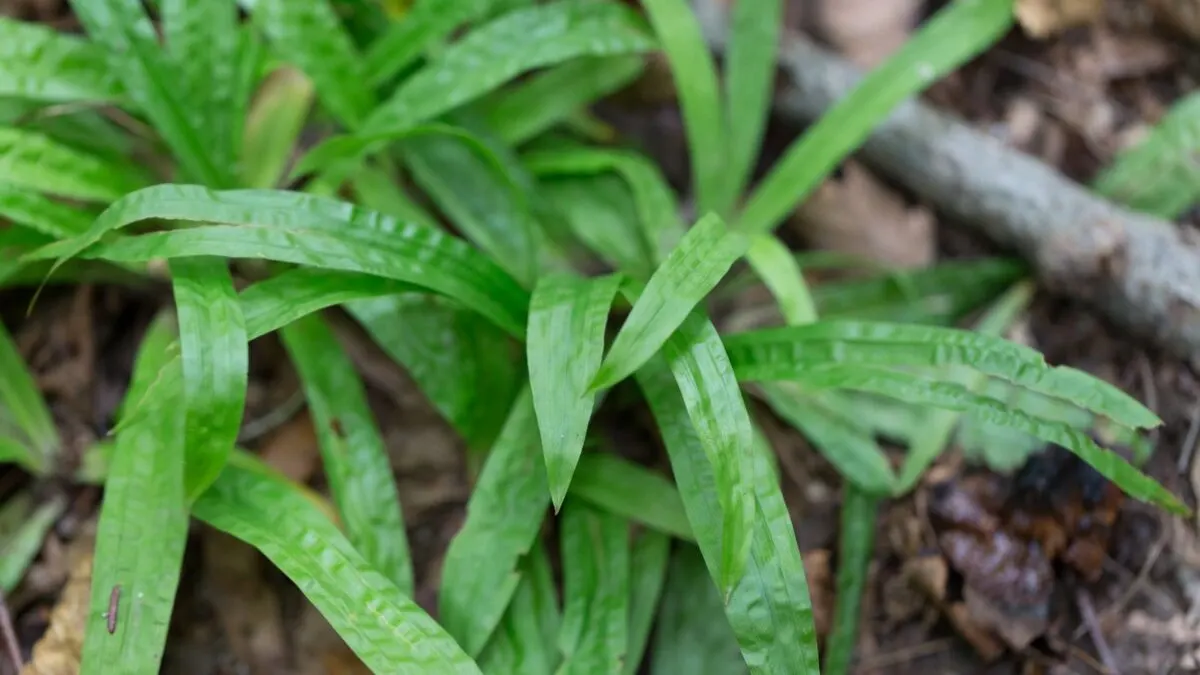
Picture credit score: flicker – dogtooth77
The puckered, wavy leaves of seersucker sedge add placing texture to shady yards. This rhizomatous perennial spreads to kind colonies of foot-tall clumps. In spring, it sends up showy, purple-brown flower spikes.
Seersucker sedge requires a shady spot with organically wealthy, moist to moist soil. This North American native grows in zones 3-8.
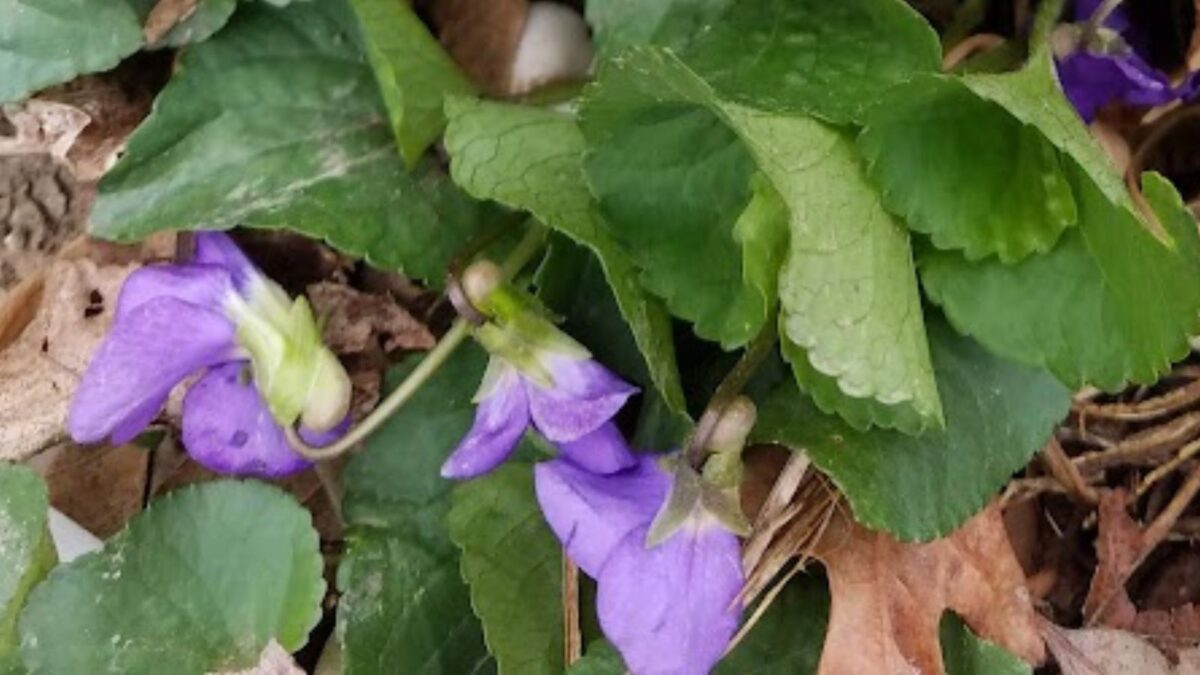
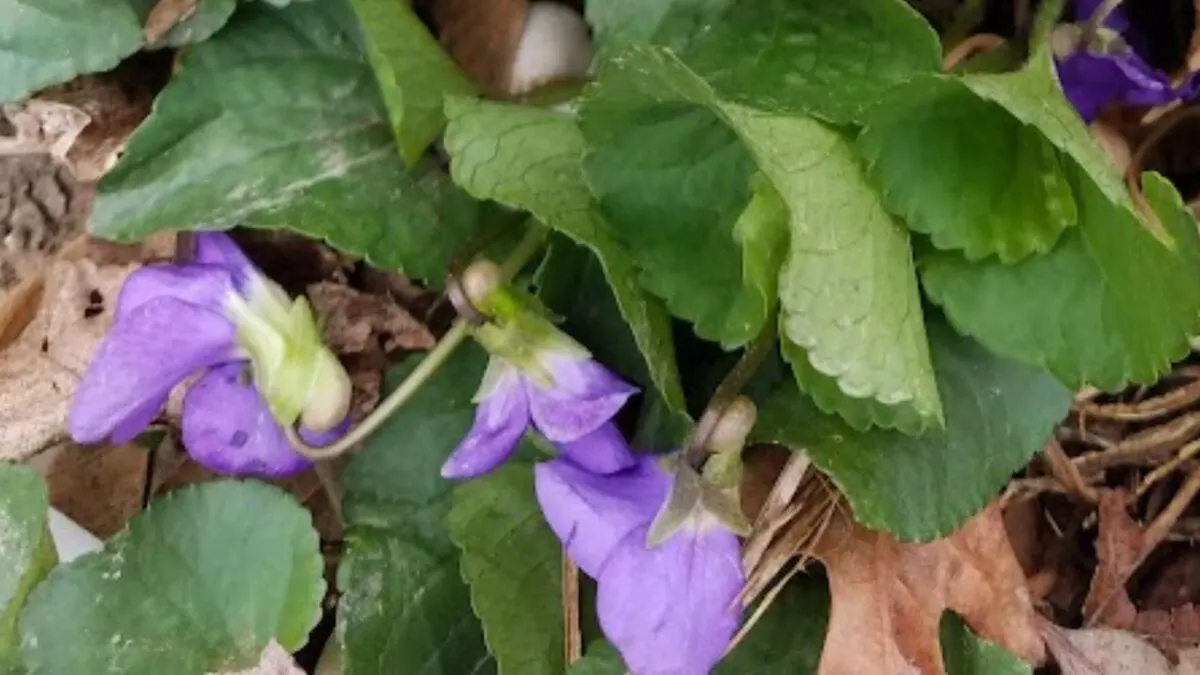
Picture credit score: Yard Backyard Lover.
In spring, widespread blue violet sends up slender, nodding stems holding blue-purple to white flowers that feed native bees and butterflies. Clumps of heart-shaped leaves function a horny backdrop. This lovely woodland wildflower spreads by way of rhizomes and self-sows readily, making it a wonderful floor cowl.
Widespread blue violet prefers dappled daylight and moist, wealthy soil, although it would develop nearly anyplace in zones 3-7. It tolerates most mild circumstances, moist soil, clay, and black walnut bushes.
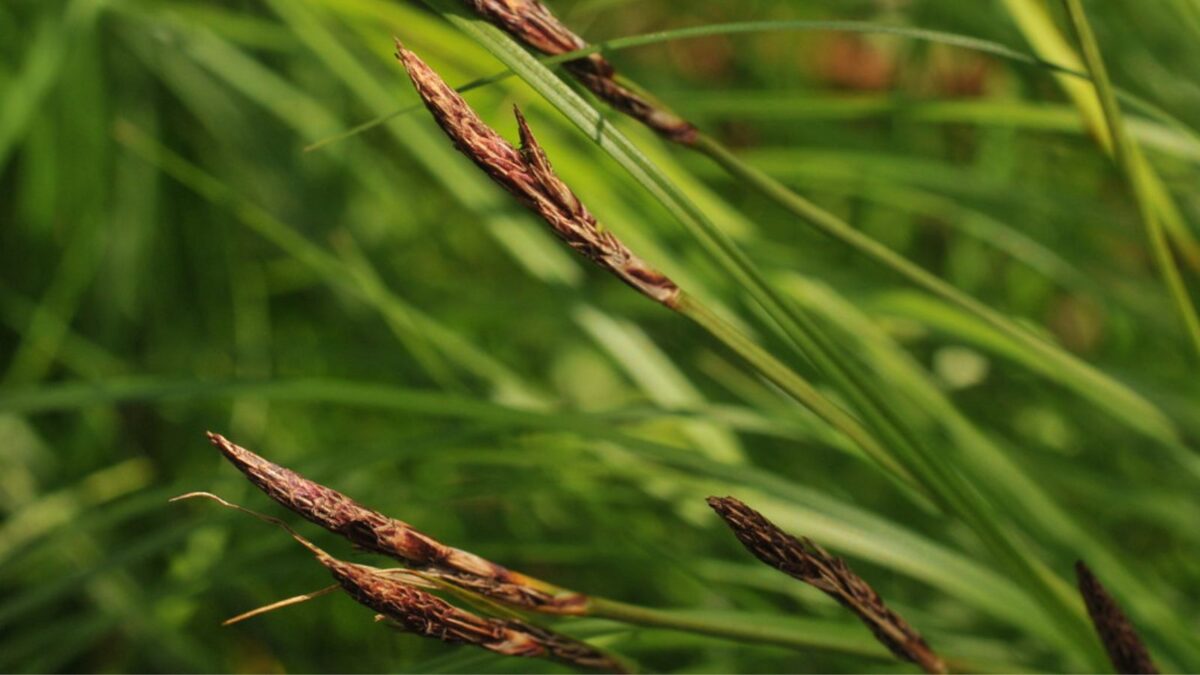
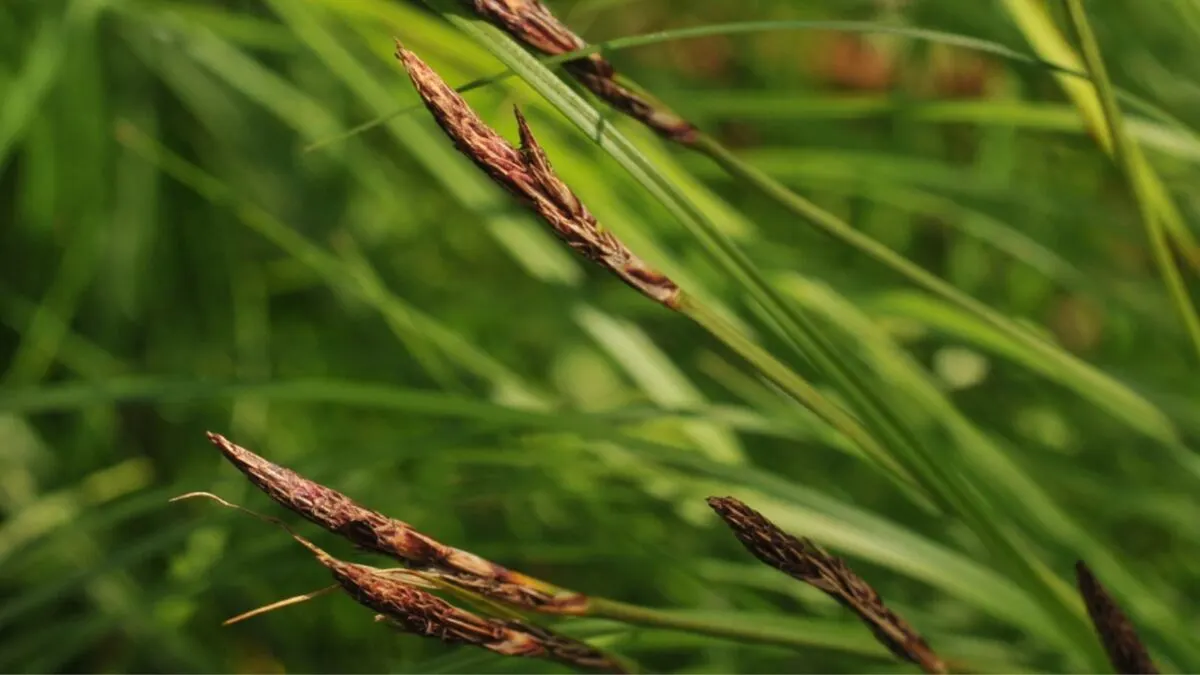
Picture credit score: flicker – Steven Severinghaus
Named for its sluggish, rhizomatic unfold, spreading sedge kinds dense, rounded mounds of arching foliage. The strappy, inexperienced to blue-green leaves develop six to 12 inches lengthy, and inconspicuous white flowers kind on triangular flowering stems in late spring to early summer season. Considerably showier brown seed heads observe.
This native woodland sedge is hardy in zones 5-9 and grows greatest in moist to moist soils partly to full shade.
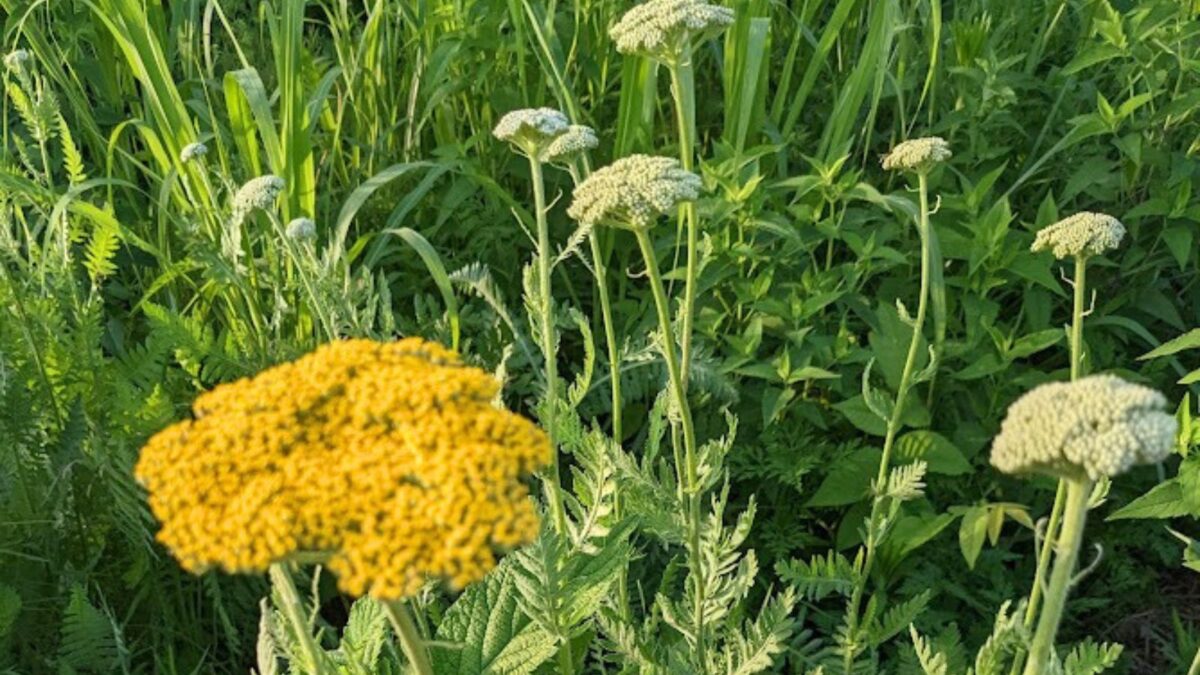
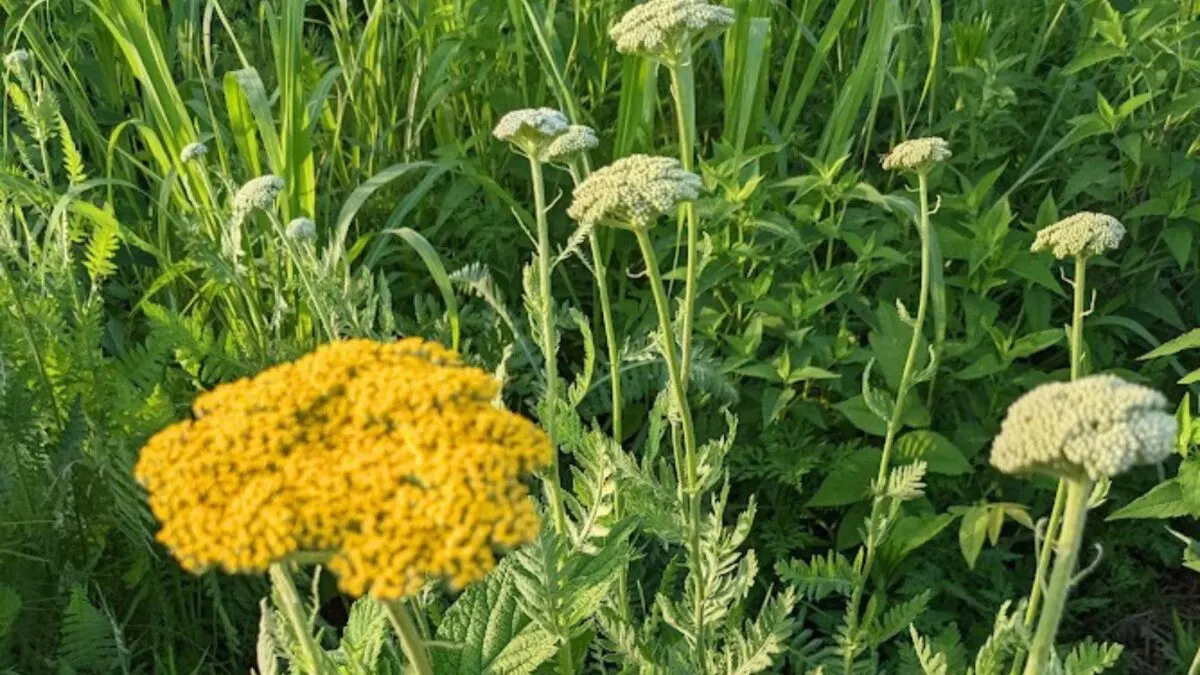
Picture credit score: Yard Backyard Lover.
Low-growing wooly yarrow has distinctive silver-gray, fuzzy, ferny foliage that provides distinctive texture to the backyard or grass-free garden. In spring and into summer season, dense, flat-topped clusters of tiny yellow flowers bloom. Slicing spent flower stalks right down to the basal leaves can encourage a fall bloom as properly.
A hardy little plant, wooly yarrow tolerates drought, poor soils, and light-weight foot visitors. It requires glorious drainage and full solar. As a result of it would languish in warmth and humidity, wooly yarrow grows greatest in zone 3-7.
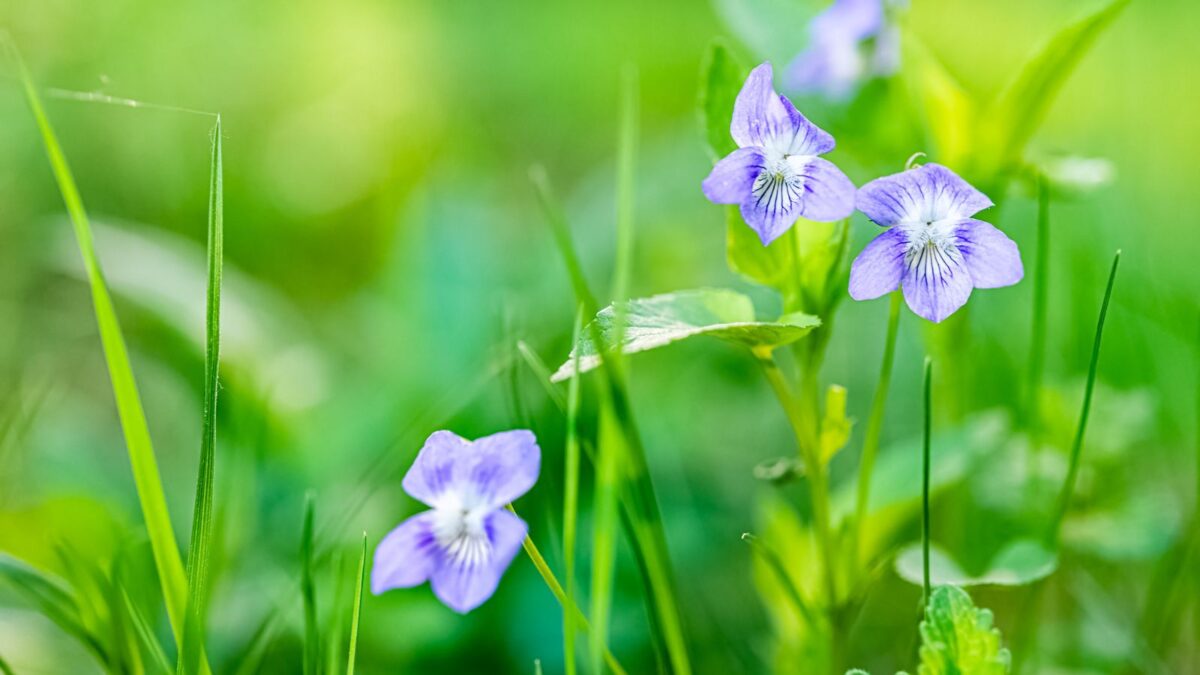
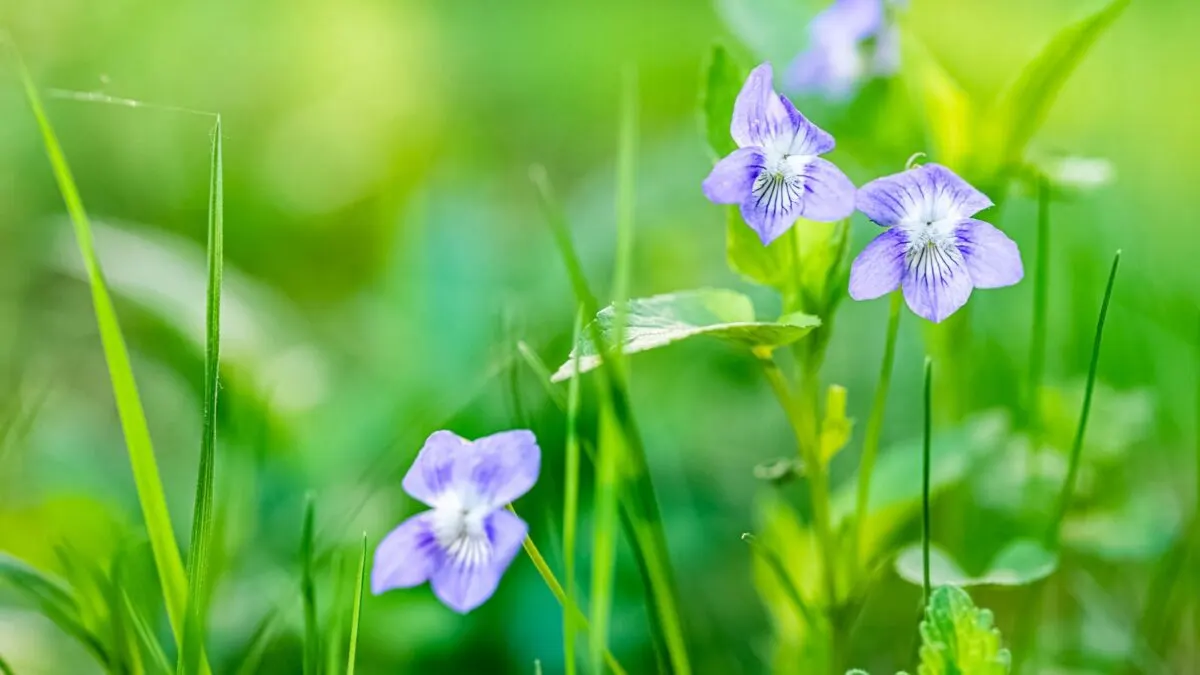
Picture credit score: Depositphotos.
A cousin to the widespread blue violet listed above, discipline pansy additionally has pretty blue-purple to white flowers, these with darkish veins and a yellow patch within the throat. Additionally referred to as Johnny soar up, it sprouts shortly within the spring and spreads readily to kind colonies.
Area pansy thrives in moist, sandy soil in full solar however will even tolerate a variety of different soils, half shade, and even mild foot visitors. This adaptive plant grows in zones 4-10.
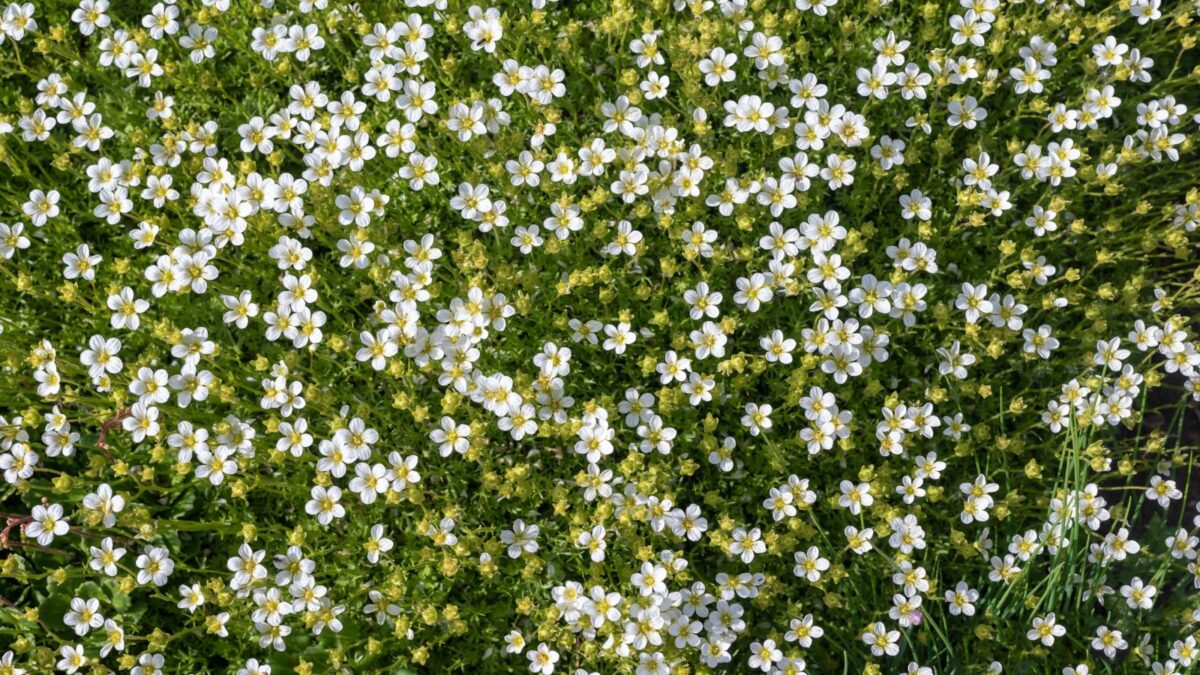
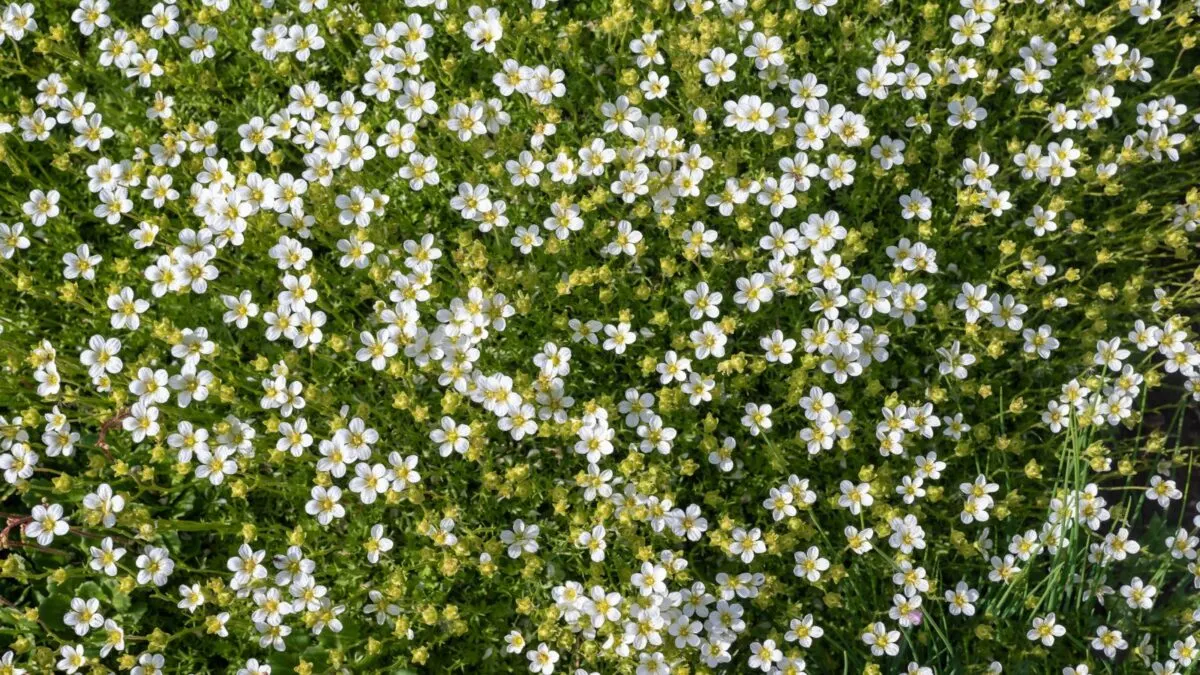
Picture credit score: Depositphotos.
At only one to 2 inches tall, Irish moss is usually used to simulate garden in container fairy gardens. It additionally makes a wonderful actual garden various, forming dense, compact mats of wonderful, moss-like foliage. In late spring, tiny white, star-shaped flowers sprinkle the inexperienced carpet and proceed blooming sporadically all through the rising season.
Irish moss thrives in zones 4-8 with full to half solar and moist, well-drained soil.
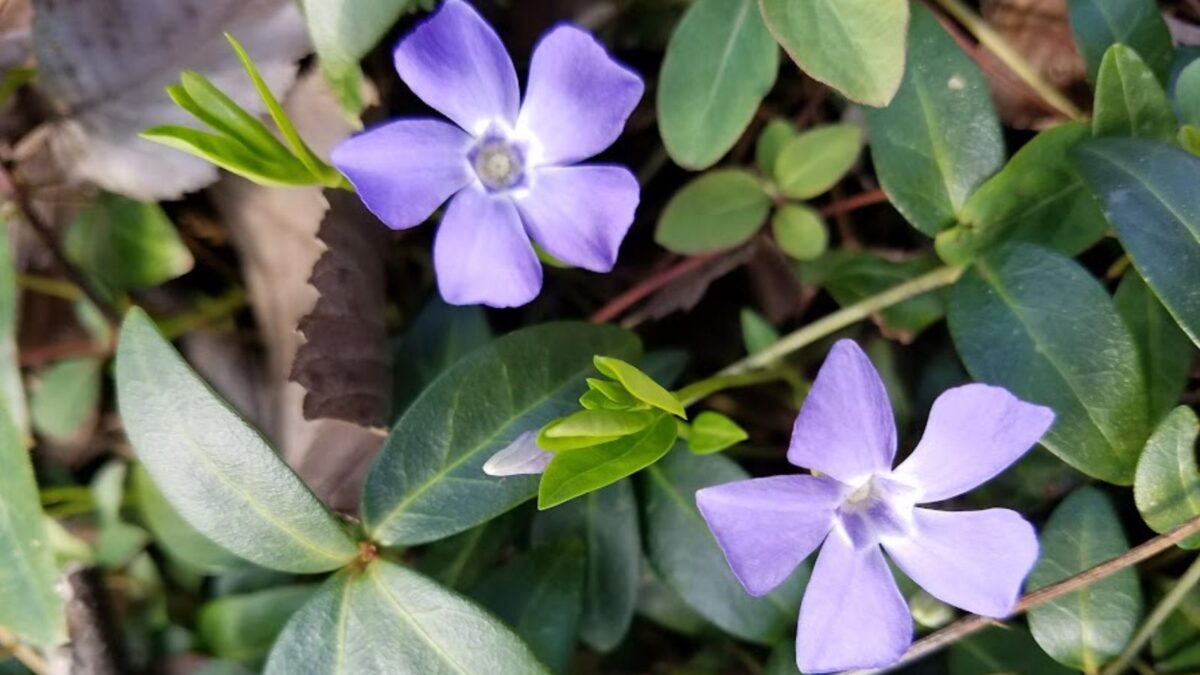
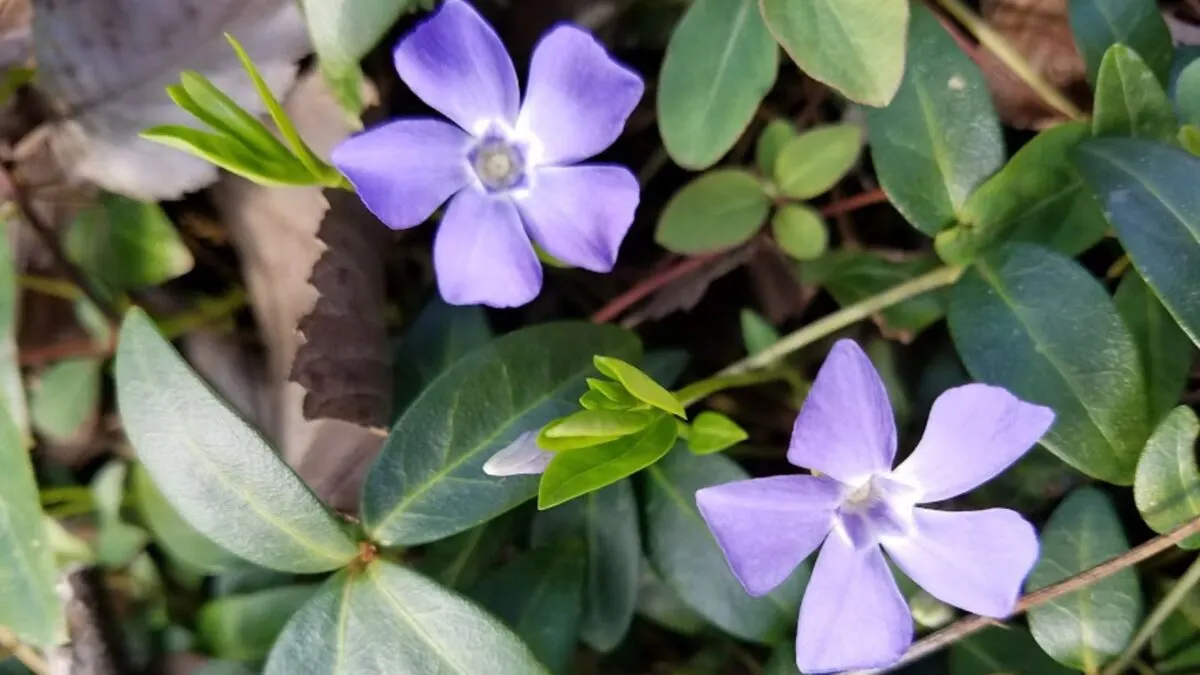
Picture credit score: Depositphotos.
Not many crops develop properly in clay soil, however selecting just a few clay-tolerant crops can remodel your backyard right into a vibrant and delightful house by offering early summer season colour, moisture tolerance, and low upkeep.
Listed here are 27 crops that don’t thoughts clay soil.
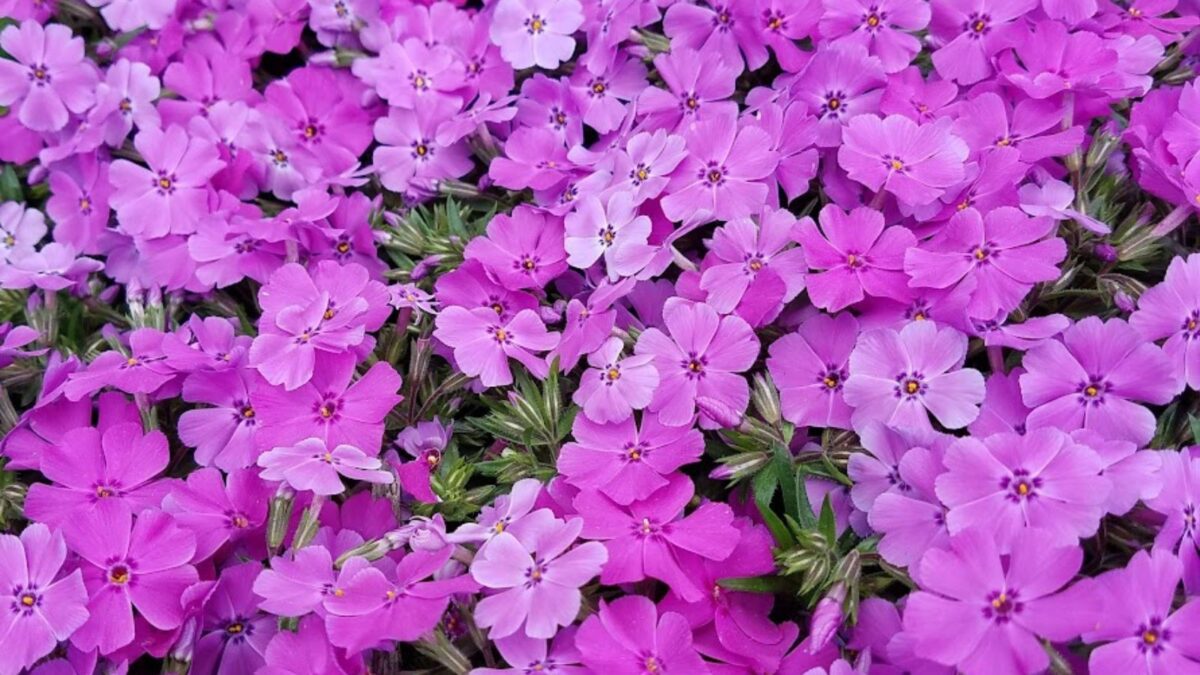
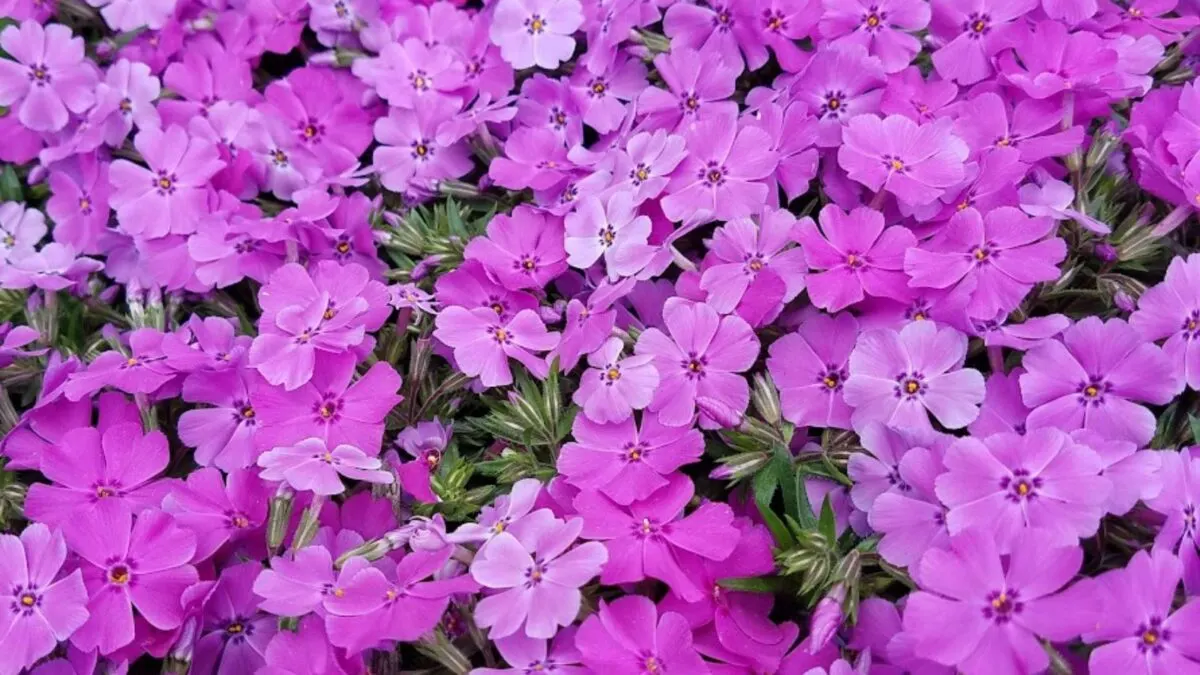
Picture credit score: Yard Backyard Lover.
When you have a yard with steep slopes, planting a floor cowl is a wonderful resolution. Fast to develop, floor covers additionally assist forestall erosion. Listed here are 11 simple to develop floor covers to attempt in your hilly yard.


Serena Manickam is a contract editor and author and sustainable market gardener in rural Virginia. She holds a BA in environmental science and runs Fairydiddle Farm, a small market backyard wherein she grows no-spray produce and herbs to promote at an area farmer’s market.
Pin To Save For Later


Picture credit score: Depositphotos.
1. White clover (Trifolium repens)


Picture credit score: Depositphotos.
At simply 4 to 6 inches tall, white clover by no means wants mowing. This mat-forming herbaceous perennial spreads readily to cowl massive areas. Once we cease to rethink this widespread “weed,” we would discover that it really has slightly enticing trifoliate foliage and fairly white flowers, which feed butterflies, native bees, and different pollinators.
White clover thrives in solar to half shade and moist, well-drained soil. It grows in USDA zones 3-10.
2. Thyme-leaf speedwell (Veronica serpyllifolia)


Picture credit score: Depositphotos.
The inexperienced, creeping stems of thyme-leaf speedwell have a purple blush and are lined within the small, ovate leaves that give this perennial its identify. From spring into early summer season, tiny however lovely four-petaled flowers bloom with both blue petals or white petals with blue stripes. Thyme-leaf speedwell grows six inches to a foot tall.
Tolerant of quite a lot of soil varieties and full solar to half shade, thyme-leaf speedwell solely requires good drainage. It’s hardy in zones 3-8.
3. Creeping thyme (Thymus serpyllum)


Picture credit score: Depositphotos.
An more and more common garden various, creeping thyme has aromatic semi-evergreen foliage good for filling in between stepping stones or carpeting a yard. All through the summer season, lots of pink to purple flowers bloom above the leaves, attracting bees and butterflies. This woody dwarf perennial grows simply two or three inches excessive.
Creeping time prefers common to dry soil and full solar, and it tolerates drought and poor soil. It thrives in zones 4-9.
4. Pennsylvania sedge (Carex pensylvanica)


Picture credit score: flickr – BlueRidgeKitties
The creeping roots of Pennsylvania sedge kind tender clumps of grassy foliage in free colonies. It grows 10 inches tall, and mowing simply a few times in a season will preserve a low, tidy top. In spring, the inflorescences seem to have reddish scales and stringy white “hairs.”
This native North American sedge grows greatest in zones 3-8. It appreciates dry to moist soil partly shade, although it would tolerate moist circumstances and deep shade.
5. Dwarf cinquefoil (Potentilla canadensis)


Picture credit score: Depositphotos.
Dwarf cinquefoil kinds a big, low mat by rooting on the nodes of stems. Every of its palmate leaves has 5 egg-shaped leaflets with serrated edges. In spring and into summer season, every plant produces a single vivid yellow flower with 5 petals.
Native to jap North America, dwarf cinquefoil thrives in zones 4-8. It prefers full solar to half shade and good drainage.
6. Seersucker sedge (Carex plantaginea)


Picture credit score: flicker – dogtooth77
The puckered, wavy leaves of seersucker sedge add placing texture to shady yards. This rhizomatous perennial spreads to kind colonies of foot-tall clumps. In spring, it sends up showy, purple-brown flower spikes.
Seersucker sedge requires a shady spot with organically wealthy, moist to moist soil. This North American native grows in zones 3-8.
7. Widespread blue violet (Viola sororia)


Picture credit score: Yard Backyard Lover.
In spring, widespread blue violet sends up slender, nodding stems holding blue-purple to white flowers that feed native bees and butterflies. Clumps of heart-shaped leaves function a horny backdrop. This lovely woodland wildflower spreads by way of rhizomes and self-sows readily, making it a wonderful floor cowl.
Widespread blue violet prefers dappled daylight and moist, wealthy soil, although it would develop nearly anyplace in zones 3-7. It tolerates most mild circumstances, moist soil, clay, and black walnut bushes.
8. Spreading sedge (Carex laxiculmis)


Picture credit score: flicker – Steven Severinghaus
Named for its sluggish, rhizomatic unfold, spreading sedge kinds dense, rounded mounds of arching foliage. The strappy, inexperienced to blue-green leaves develop six to 12 inches lengthy, and inconspicuous white flowers kind on triangular flowering stems in late spring to early summer season. Considerably showier brown seed heads observe.
This native woodland sedge is hardy in zones 5-9 and grows greatest in moist to moist soils partly to full shade.
9. Woolly yarrow (Achillea tomentosa)


Picture credit score: Yard Backyard Lover.
Low-growing wooly yarrow has distinctive silver-gray, fuzzy, ferny foliage that provides distinctive texture to the backyard or grass-free garden. In spring and into summer season, dense, flat-topped clusters of tiny yellow flowers bloom. Slicing spent flower stalks right down to the basal leaves can encourage a fall bloom as properly.
A hardy little plant, wooly yarrow tolerates drought, poor soils, and light-weight foot visitors. It requires glorious drainage and full solar. As a result of it would languish in warmth and humidity, wooly yarrow grows greatest in zone 3-7.
10. Area pansy (Viola bicolor)


Picture credit score: Depositphotos.
A cousin to the widespread blue violet listed above, discipline pansy additionally has pretty blue-purple to white flowers, these with darkish veins and a yellow patch within the throat. Additionally referred to as Johnny soar up, it sprouts shortly within the spring and spreads readily to kind colonies.
Area pansy thrives in moist, sandy soil in full solar however will even tolerate a variety of different soils, half shade, and even mild foot visitors. This adaptive plant grows in zones 4-10.
11. Irish moss (Sagina subulata)


Picture credit score: Depositphotos.
At only one to 2 inches tall, Irish moss is usually used to simulate garden in container fairy gardens. It additionally makes a wonderful actual garden various, forming dense, compact mats of wonderful, moss-like foliage. In late spring, tiny white, star-shaped flowers sprinkle the inexperienced carpet and proceed blooming sporadically all through the rising season.
Irish moss thrives in zones 4-8 with full to half solar and moist, well-drained soil.
27 Floor Cowl Crops For Clay Soil You’ll Love


Picture credit score: Depositphotos.
Not many crops develop properly in clay soil, however selecting just a few clay-tolerant crops can remodel your backyard right into a vibrant and delightful house by offering early summer season colour, moisture tolerance, and low upkeep.
Listed here are 27 crops that don’t thoughts clay soil.
10 Nice Floor Cowl Crops for Slopes


Picture credit score: Yard Backyard Lover.
When you have a yard with steep slopes, planting a floor cowl is a wonderful resolution. Fast to develop, floor covers additionally assist forestall erosion. Listed here are 11 simple to develop floor covers to attempt in your hilly yard.


Serena Manickam is a contract editor and author and sustainable market gardener in rural Virginia. She holds a BA in environmental science and runs Fairydiddle Farm, a small market backyard wherein she grows no-spray produce and herbs to promote at an area farmer’s market.
Pin To Save For Later
